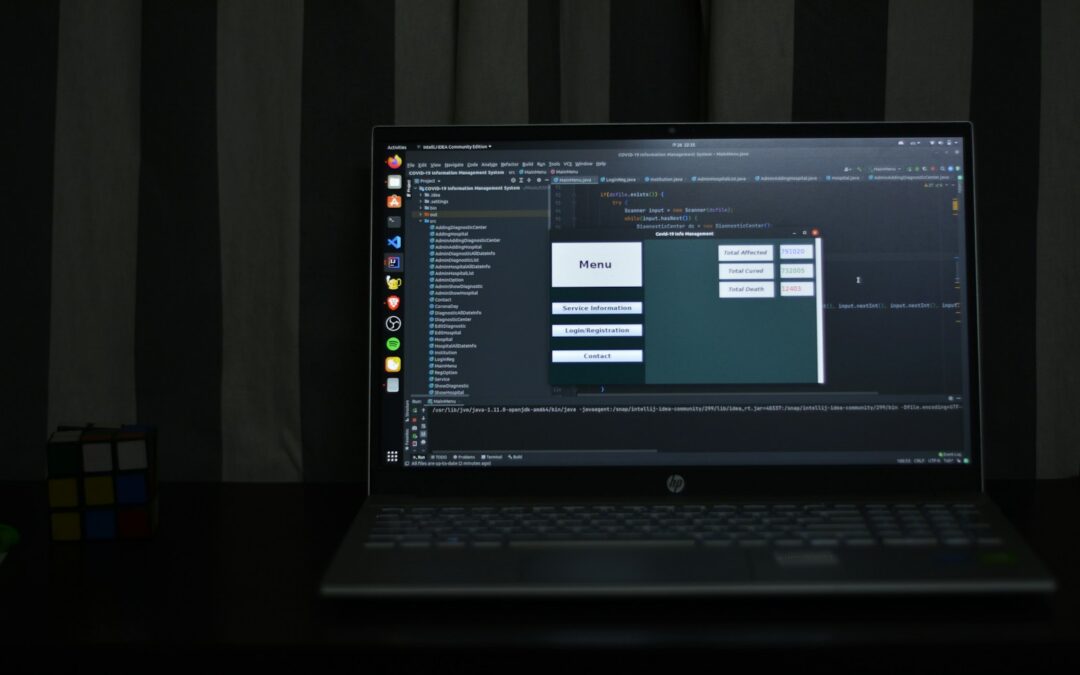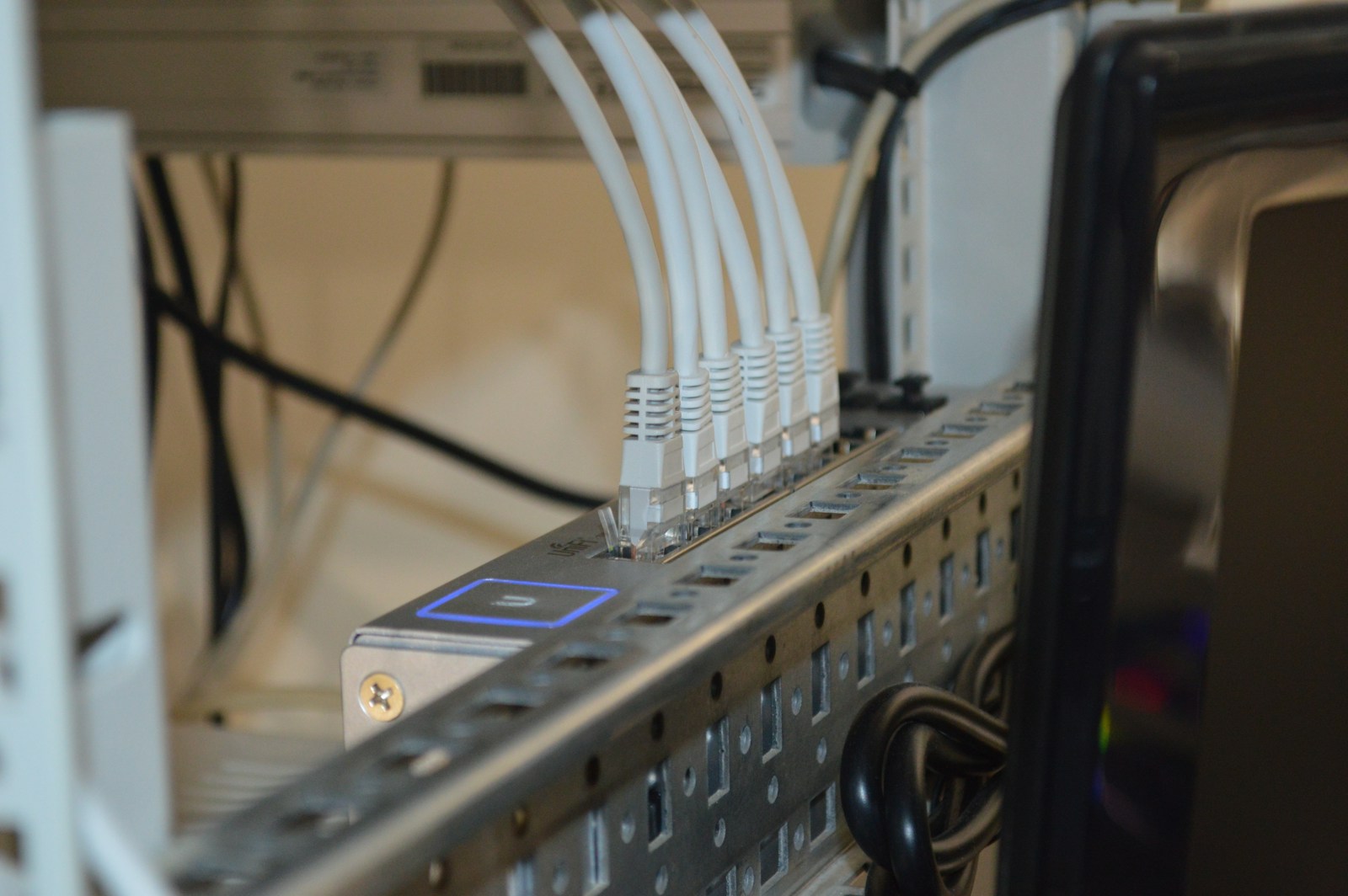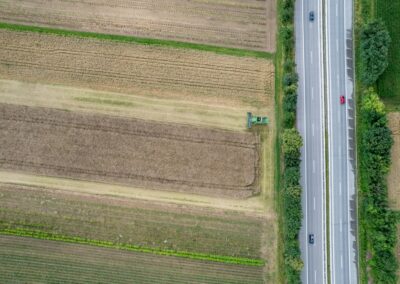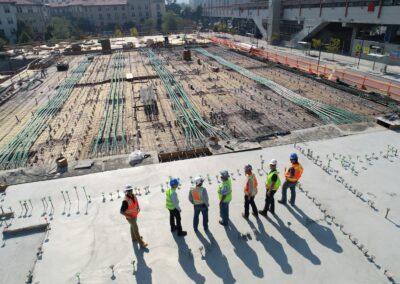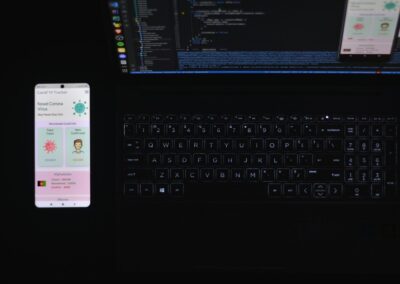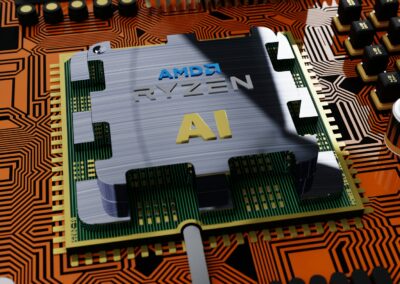Addressing Integration Challenges in IoT-Driven Environmental Monitoring
Understanding the Complexities of Large-Scale IoT Integration
Integrating IoT systems into large-scale environmental monitoring projects presents a unique set of challenges that require innovative solutions. In regions like Saudi Arabia and the UAE, where environmental sustainability is a growing priority, leveraging IoT can provide critical insights into environmental health. However, the complexity of IoT integration, from sensor deployment to data management, necessitates a thorough understanding of the technological landscape. The integration process involves coordinating various IoT devices, ensuring data interoperability, and managing vast amounts of real-time data, all while maintaining system reliability and performance. Addressing these complexities is essential for successful project execution in cities like Riyadh and Dubai, where the impact of environmental monitoring is profound.
Ensuring Data Accuracy and Reliability
One of the primary challenges in IoT integration for environmental monitoring is ensuring data accuracy and reliability. Environmental data must be precise and consistent to inform decision-making processes effectively. Inaccurate data can lead to incorrect conclusions and ineffective interventions. To overcome this, advanced data validation and calibration techniques are employed. AI and machine learning algorithms can play a crucial role in analyzing data patterns, identifying anomalies, and ensuring data integrity. In Saudi Arabia’s vast deserts or the UAE’s bustling urban centers, reliable environmental data is vital for sustainable development initiatives. By utilizing AI-driven data validation, organizations can enhance the accuracy of their environmental monitoring efforts.
Scalability and System Performance
Scalability and system performance are critical factors in the success of large-scale IoT integration projects. As the number of deployed IoT devices increases, so does the complexity of the system. Ensuring that the system can scale efficiently without compromising performance is a significant challenge. Edge computing solutions, where data processing occurs closer to the data source, can alleviate some of these challenges by reducing latency and bandwidth usage. In smart cities like Dubai, implementing scalable IoT systems ensures that environmental monitoring can adapt to growing urban needs without significant infrastructure changes. This approach not only enhances system performance but also provides a sustainable model for future expansion.
Solutions for Effective IoT Integration in Environmental Monitoring
Leveraging Advanced Technologies for Integration
To address the challenges of integrating IoT systems in large-scale environmental monitoring projects, leveraging advanced technologies is essential. Blockchain, for instance, can provide a secure and transparent way to manage data transactions, ensuring data integrity and traceability. In environmental monitoring, where data accuracy is paramount, blockchain technology can offer a robust solution for managing and verifying data. Additionally, the metaverse can be utilized to create virtual environments for simulating and analyzing environmental data, providing a deeper understanding of environmental trends and potential impacts. These advanced technologies, when integrated effectively, can significantly enhance the capabilities of IoT systems in environmental monitoring.
Implementing Executive Coaching and Training Programs
Another critical solution for overcoming integration challenges is the implementation of executive coaching and training programs. These programs can equip leaders and managers with the necessary skills to oversee complex IoT projects. In regions like Saudi Arabia and the UAE, where leadership and management skills are highly valued, executive coaching can ensure that project leaders are well-prepared to handle the intricacies of IoT integration. Training programs can also provide technical staff with the knowledge needed to manage and maintain IoT systems effectively. By investing in human capital, organizations can ensure the successful implementation and sustainability of their IoT-driven environmental monitoring projects.
Developing Robust Data Governance Strategies
Effective data governance is crucial for managing the vast amounts of data generated by IoT systems. A robust data governance strategy ensures that data is collected, processed, and stored in a manner that complies with regulatory standards and best practices. This involves establishing clear data policies, implementing security measures, and ensuring data privacy. In environmental monitoring projects, data governance is particularly important for maintaining public trust and ensuring the credibility of environmental data. In cities like Riyadh and Dubai, where environmental monitoring is linked to public health and safety, robust data governance is essential for successful IoT integration.
Conclusion
Integrating IoT systems into large-scale environmental monitoring projects presents a unique set of challenges, but with the right strategies and technologies, these challenges can be effectively addressed. Leveraging advanced technologies such as AI, blockchain, and the metaverse can enhance data accuracy, reliability, and system performance. Implementing executive coaching and training programs ensures that leaders and technical staff are well-equipped to manage complex IoT projects. Developing robust data governance strategies is essential for maintaining data integrity and public trust. As cities in Saudi Arabia and the UAE continue to prioritize environmental sustainability, effective IoT integration will play a crucial role in achieving these goals. By overcoming the challenges and leveraging innovative solutions, organizations can ensure the success of their environmental monitoring initiatives.
—
#IoTIntegration #EnvironmentalMonitoring #SmartCities #AI #Blockchain #SaudiArabia #UAE #Riyadh #Dubai #DigitalTransformation #BusinessSuccess #Leadership #ManagementSkills #ProjectManagement

